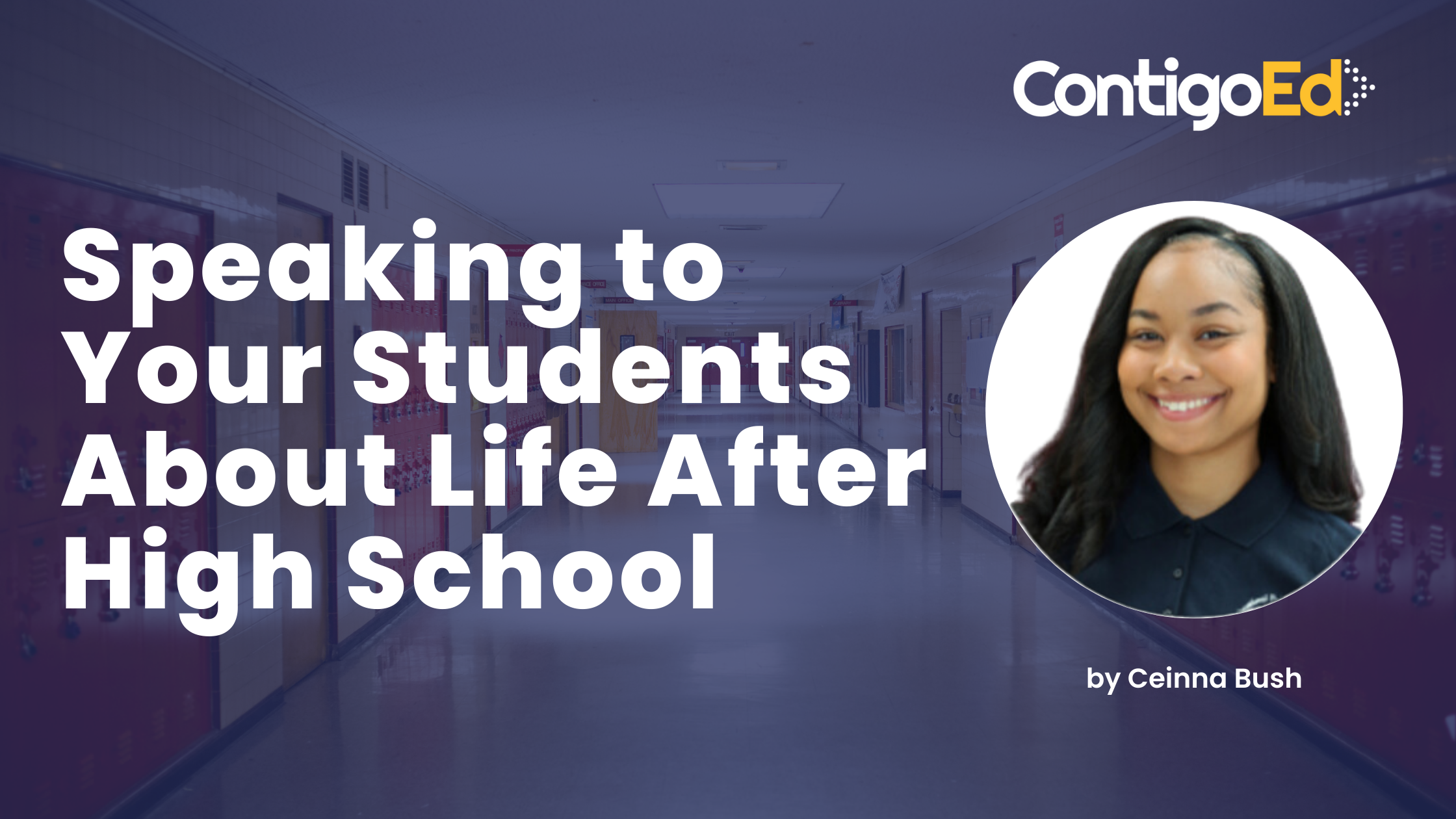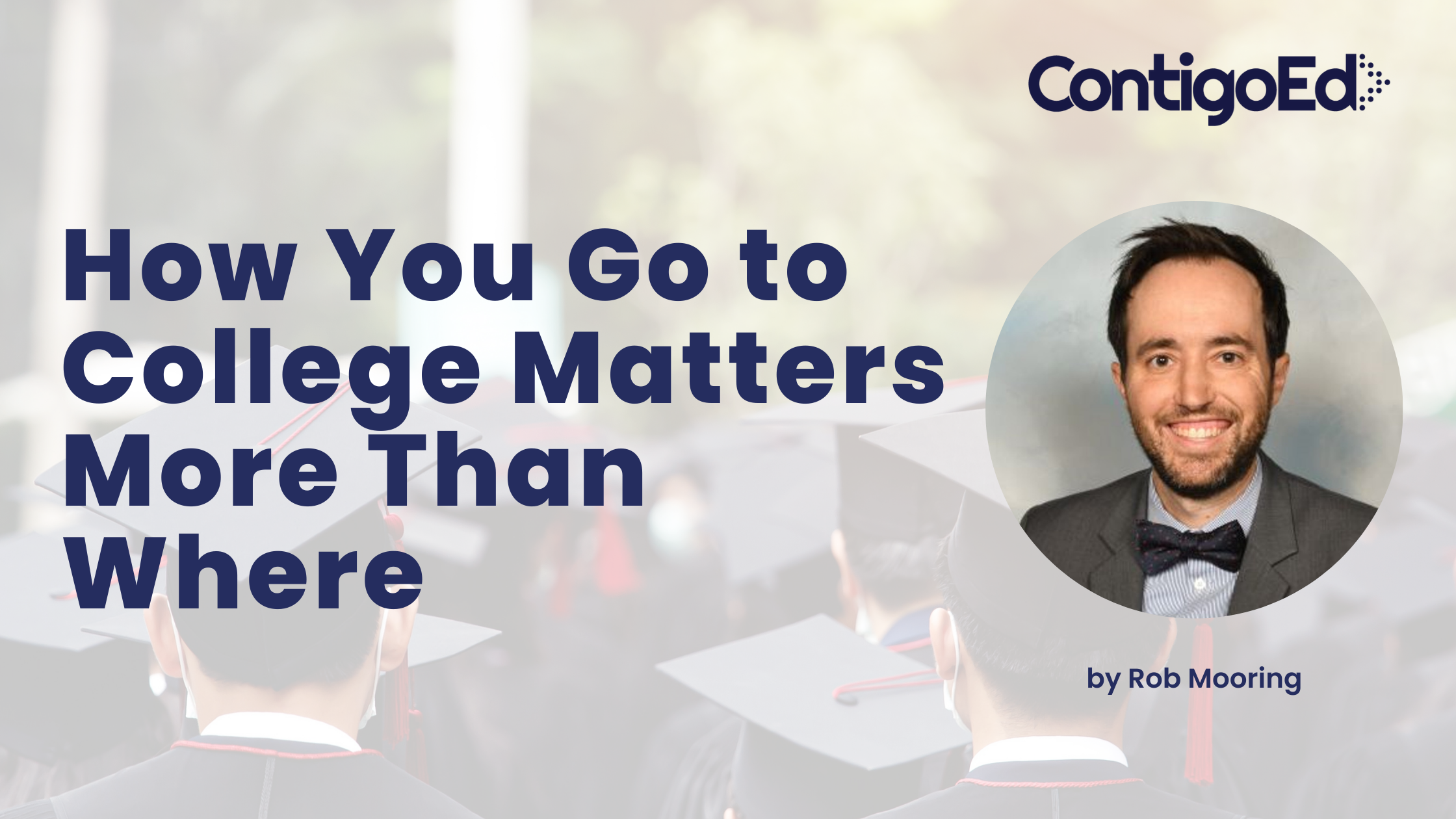
Guiding Students Toward Service
I’ve been an educator for the past 23 years and have had the privilege of working with a wide range of students, each with their own unique post–high school aspirations. While many of my students considered the traditional path to college, not all were best suited for a continuation of the conventional classroom experience. Some students thrived when given the opportunity to learn in more hands-on, experiential ways that broke away from traditional academic models. These students were often driven by a desire to find meaningful, purpose-filled paths that aligned with their strengths, interests, and values. And for many, including one particular student we will call Patrick, that desire led them to inquiring about military service. Patrick was a student who struggled with traditional classroom learning. He preferred hands-on work and gravitated toward learning practical skills he could apply immediately, rather than focusing on theory or subjects he viewed as 'irrelevant.' I helped Patrick through his last two years of high school, and with his preparation for the military placement tests he needed in order to enlist upon receiving his diploma(which was, at times, a struggle for sure!). This experience helped me to see that there are so many other opportunities for our students outside of the traditional college pathway. With the correct information, so many more of our students can find the success they desire.

How GPA, Credits & Coursework Choices Impact Future College Options
The importance of academic performance in college admissions is agreed upon nearly unanimously by professionals, whether in secondary schools, undergraduate admissions offices, or other experts in the field. A high school student’s academic profile is the most important consideration in a college application. Serving as the foundation of any college application, an academic profile is the narrative built during a student’s time in high school through selected courses, performance in those courses, test scores, and related academic activities or interests. A high school transcript, as the primary representation of a student’s academic profile, has the power to tell the story of their academic journey throughout high school.

Who Am I?
In high school, students often wrestle with a defining question: “Who am I?”
It may seem like a simple question to some, but for teenagers standing on the brink of adulthood, this question is the gateway to purpose, passion, and a pathway forward. At Contigo Ed, we believe that helping students uncover their strengths, values, and interests is about more than college and career readiness; it’s about developing self-aware individuals who make empowered choices.

How You Can Use College Outcomes Data to Better Advise Students and Families
While a big focus of college access is supporting students with enrolling in college, where students enroll plays a larger role than you might think in how likely students are to graduate from college.
A lot of our district partners focus heavily on college applications and FAFSA completion. These steps are absolutely crucial in helping students navigate the many hurdles that exist in enrolling in college in the Fall. However, we hope that this blog post helps you appreciate the opportunity that exists in using college attainment data to guide and advise students and families in making an informed and empowered decision.

Understanding Test-Optional, Test-Blind, and Test-Flexible Admissions
College applications have had a serious glow-up—and standardized testing is no longer the main character. You’ve probably heard buzzwords like test-optional, test-blind, and test-flexible tossed around, but what do they actually mean? These evolving admissions policies give students more power to shape their own story, spotlighting strengths that go beyond the SAT or ACT. Whether you’re a testing pro, a classroom rockstar, or someone with a standout academic journey, there’s an admissions path that plays to your strengths. Let’s break down each option—and help you figure out which one makes the most sense for you.

Safety, Strategy, and Success
As the proud daughter of Mexican immigrants, I grew up in a mixed-status household. I was part of the 22 million people in the U.S. who navigate life with family members holding different immigration statuses, including being citizens, permanent residents, DACAmented, or undocumented individuals (fwd.us). Like millions of families across the U.S., we couldn’t abide by the adage to “never discuss politics or religion at the dinner table.” For us, politics wasn’t a choice—it was a daily reality. The people we loved and cared for lived in fear of deportation amidst political uncertainty. Yet, the only sentiment stronger than that fear was the unwavering belief that education could be the key to success for us and our families.

Speaking to Your Students About Life After High School
Preparing students for life after high school is one of the most critical roles of a counselor or college advisor. While academics, applications, and financial aid are essential components of a student's postsecondary journey, the most impactful conversations go beyond logistics. We have the unique opportunity to help students navigate their motivations, values, and long-term goals—ensuring they make informed choices that truly align with their futures. By fostering deeper discussions, we can empower students to approach life after high school with confidence and clarity. So let’s get into it!

How You Go to College Matters More Than Where
Not long into my early years of working at St. Agnes, I saw a link to an article in Inside Higher Ed, one of my favorite news sources. In it was a link to the list of Rhodes Scholars for that particular year.
And the contents of that article changed everything for me.

“Don’t Just Take My Word For It”
When it comes to college enrollment tasks, graduates may find more relevance when the checklist comes straight from their post-secondary school of choice.

Tune In, Take Away: Free Resource Share to Kickoff the School Year Strong
If it wasn’t for that binder of resources back in 2010 passed on to me by an expert counselor, I have no idea where I would have even started creating materials for my individual and group advising sessions! That binder must have been 1,000 pages long, filled with notes, resources and tools.
We might not have a binder for you, but the spirit is the same: come, see what we have and take all that you need and make it your own! Spend less time making stuff, and more time building relationships with your students and families.

